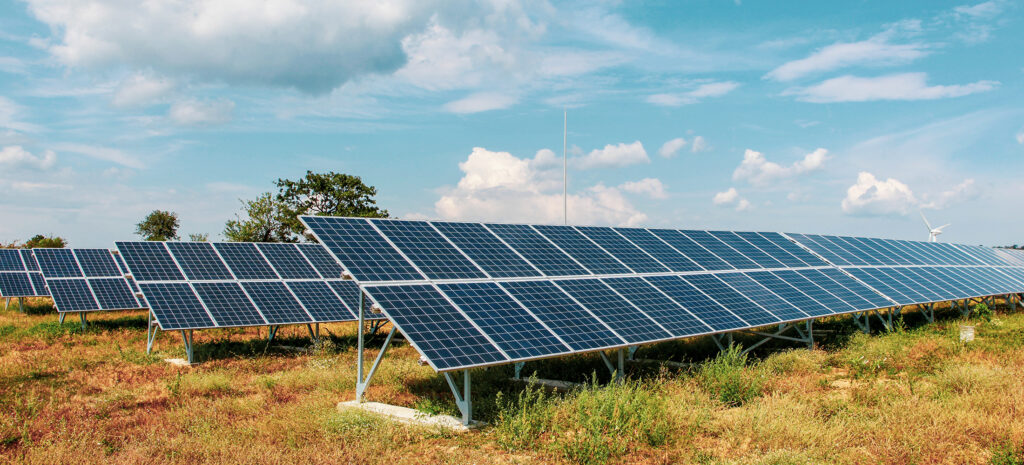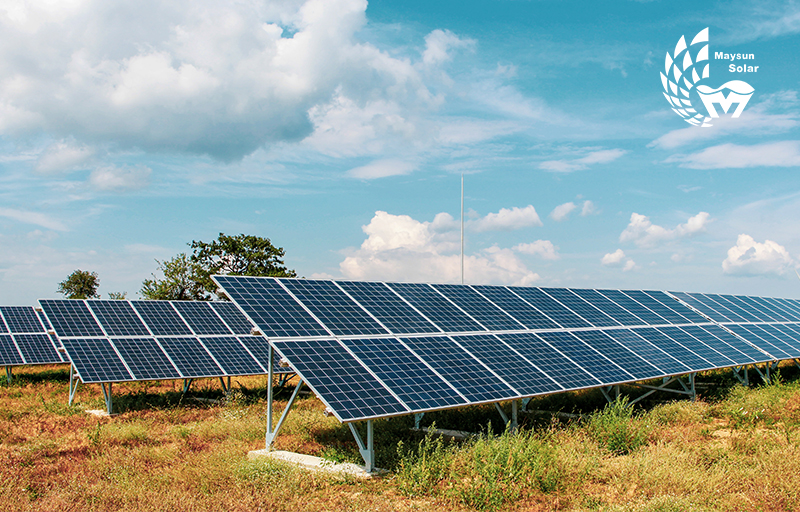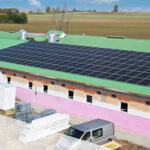A solar cell is a device that directly converts light energy into electrical energy through the photoelectric effect or photochemical effect, and crystalline silicon solar cells that work with the photovoltaic effect are the mainstream. The quality of solar panel is directly related to energy efficiency, and some people are troubled by how to choose solar panels. Today I will briefly introduce the knowledge about solar panel purchase.
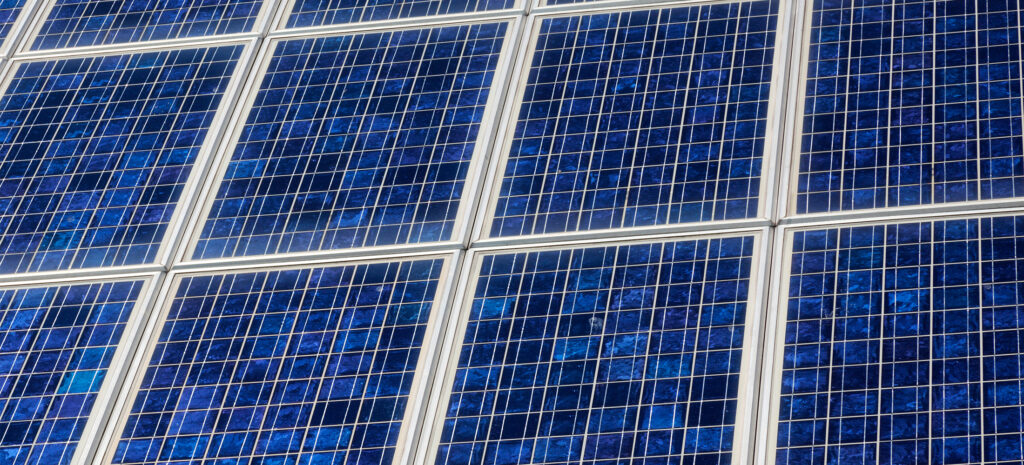
1. Comparison of commonly used module types and conversion efficiencies
Solar cells currently on the market are divided into amorphous silicon and crystalline silicon. Among them, crystalline silicon can be divided into polycrystalline silicon and monocrystalline silicon, and amorphous silicon modules are mainly thin film modules. From the perspective of the photoelectric conversion efficiency of the three materials: monocrystalline silicon (up to 18%) > polycrystalline silicon (about 16%) > amorphous silicon (8%-10%). Compared with crystalline silicon modules, the main problem of thin-film solar cell modules is the low photoelectric conversion efficiency, which requires a huge module area to convert the same amount of electric energy, and has the disadvantage of poor stability. Therefore, on the whole, it is suitable to use monocrystalline silicon or polycrystalline silicon solar cell materials, and the current mainstream in the market is monocrystalline silicon. It is recommended that you choose monocrystalline silicon panels with higher conversion efficiency.
When we purchase solar cells, the focus of attention is the power of solar cells. Generally speaking, the power of solar panels is directly proportional to the area of solar chips. The area of the solar cell wafer is not exactly equal to the area of the solar packaging panel, because although some solar panels are large, the gaps in which single solar wafers are arranged are very wide, and the power of such solar panels is not necessarily high.
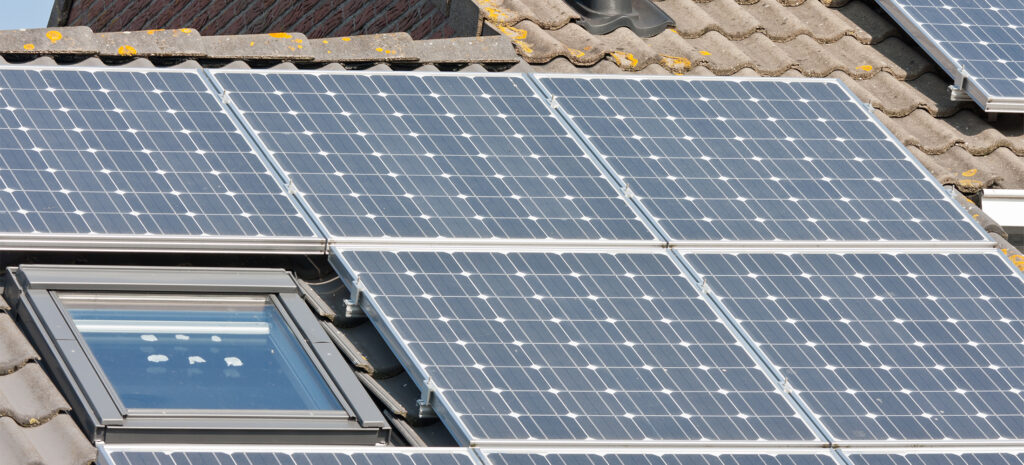
2. Selection of solar cell battery capacity
After installing the photovoltaic off-grid system, since the input energy of the solar photovoltaic power generation system is extremely unstable, it is generally necessary to configure a battery system to work. Solar lamps are no exception, must be equipped with batteries to work. The selection of battery capacity generally follows the following principles: First, on the premise of meeting the night lighting, store the energy of the solar cell modules during the day as much as possible, and at the same time, be able to store the electric energy that meets the night lighting needs of continuous rainy days. If the battery capacity is too small, it cannot meet the needs of night lighting. If the battery capacity is too large, on the one hand, the battery will always be in a state of power loss, which will affect the life of the battery and cause waste.
The battery is indispensable in the off-grid system. The solar panel charges the energy storage battery through the controller, and the energy storage battery inverts the output for the user through the off-grid inverter. The energy storage battery is more commonly used in the photovoltaic off-grid system. It is lead-acid gel battery, ternary lithium battery and lithium iron phosphate battery. The average service life of energy storage batteries is 5-8 years and needs to be replaced regularly, so the cost of use is relatively high. You can choose grid-connected photovoltaic systems, and you can click “Household Photovoltaic: The Difference Between Off-Grid and Grid-connected” to learn more. The current electricity price is high, it is recommended that the grid-connected system should also be equipped with a corresponding energy storage system to use cheap solar power more efficiently
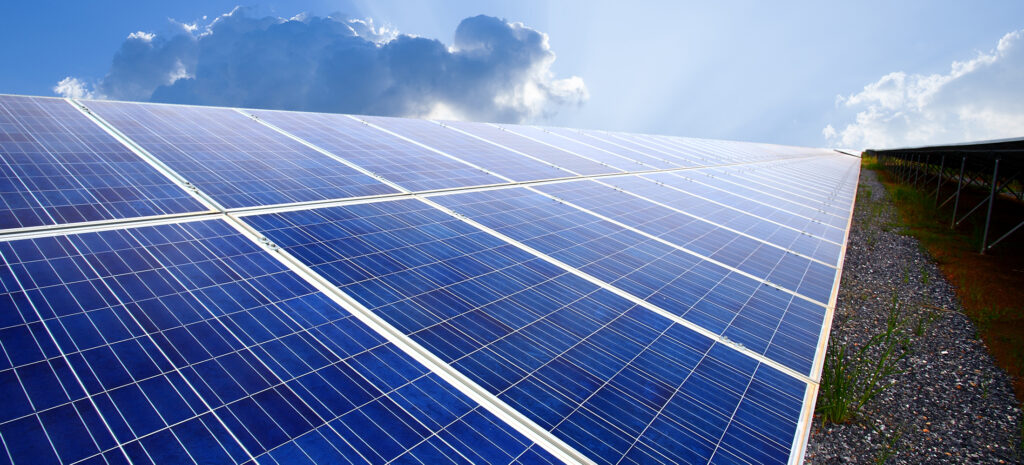
3. Selection of solar battery power
The output power Wp of the solar cell we are talking about is the output power of the solar cell under the standard sunlight conditions, namely: the 101 standard defined by the European Commission, the radiation intensity is 1000W/㎡, the air quality is AM1.5, and the battery temperature is 25°C. This is not as some people imagine, as long as there is sunlight, there will be rated output power, and even think that solar cells can be used normally under fluorescent lamps at night. That is to say, the output power of the solar cell is random. At different times and in different places, the output power of the same solar cell is different. The actual power generation can refer to the data under non-standard solar irradiation conditions, and you can determine the appropriate power according to your daily electricity consumption and roof area.

It is a good idea to choose Maysun Solar when winter is approaching. We have high-quality solar panels to meet your needs, such as our TwiSun series of double-glass modules, which have higher conversion efficiency and better appearance.
We are a module manufacturer founded in 2008 with rich professional experience. If you are interested in learning more about photovoltaics, we are here to help you with any help you need. Contact us now and get a quote.
